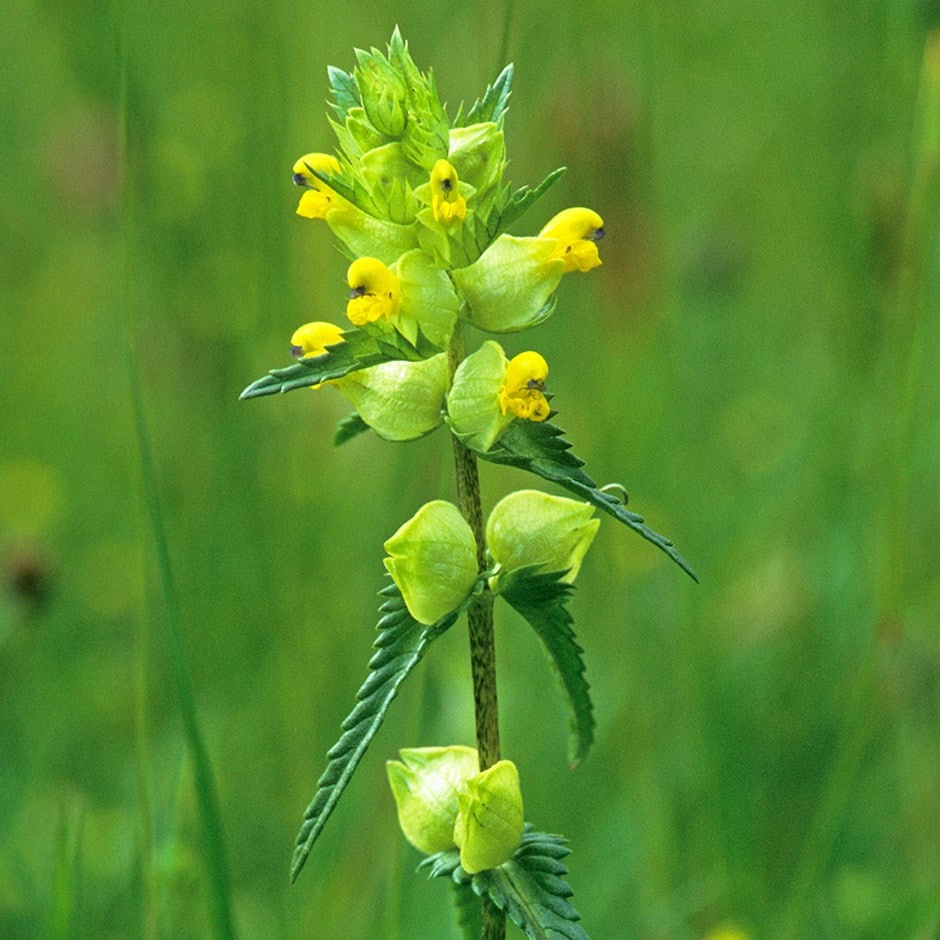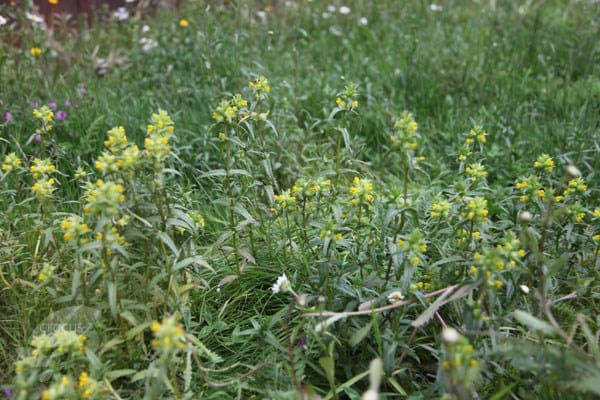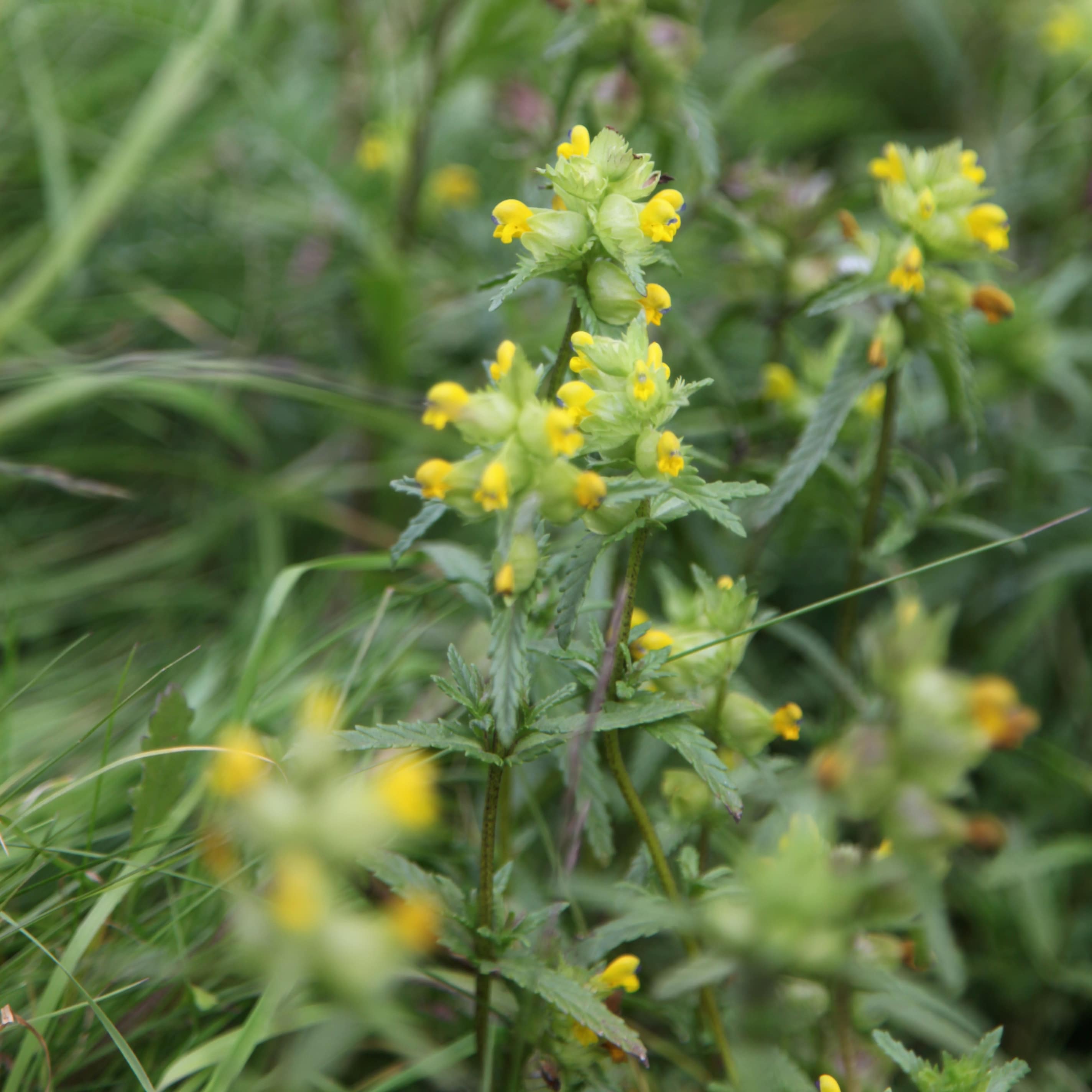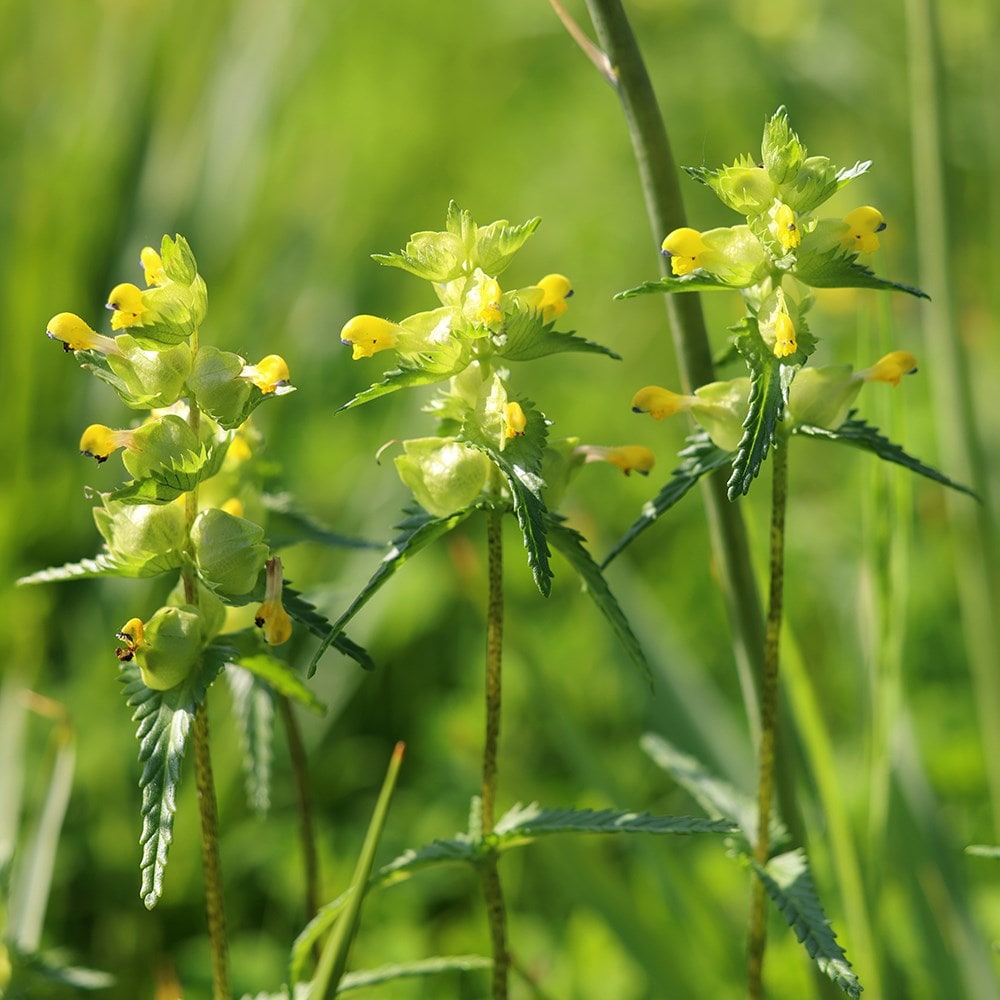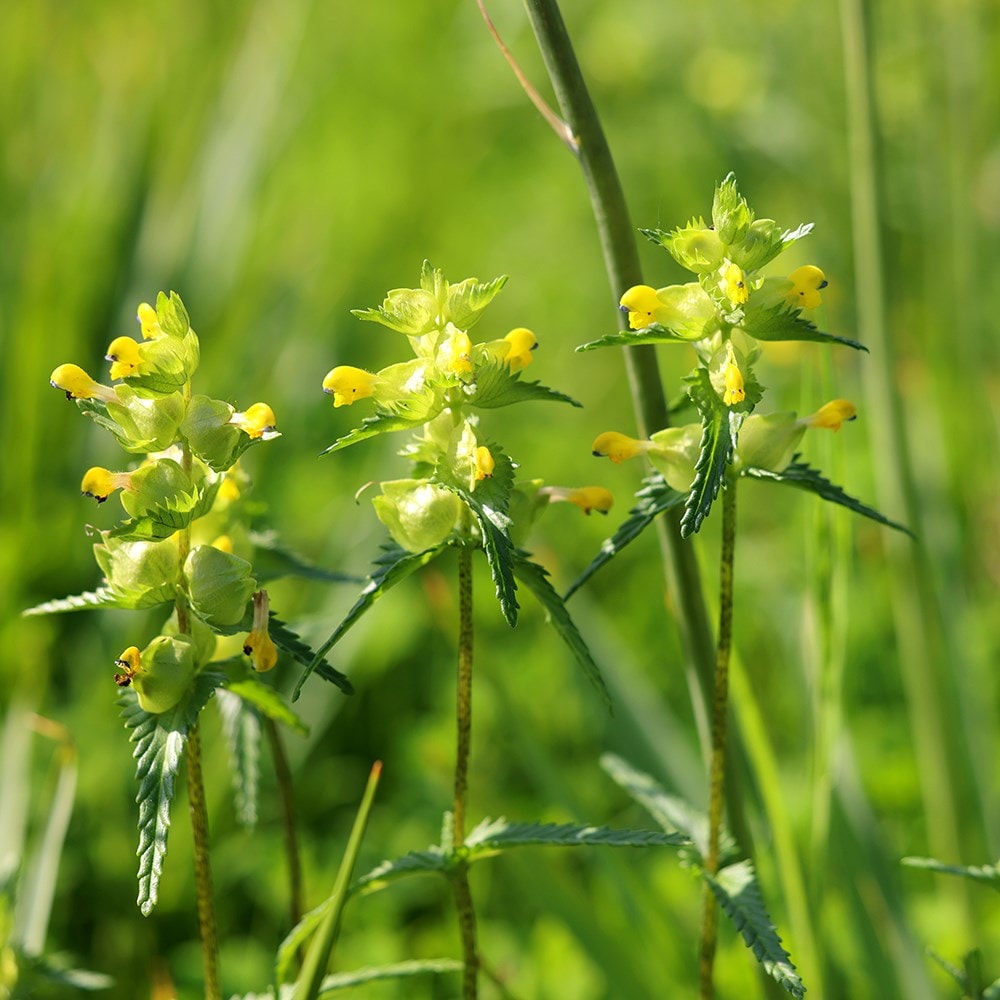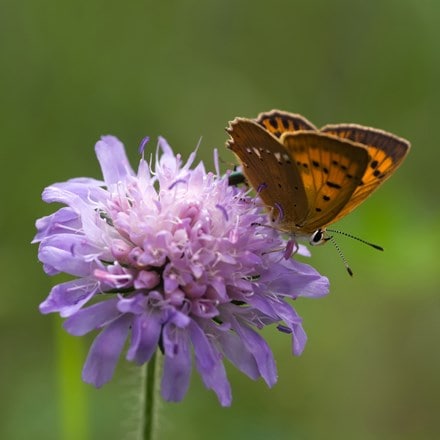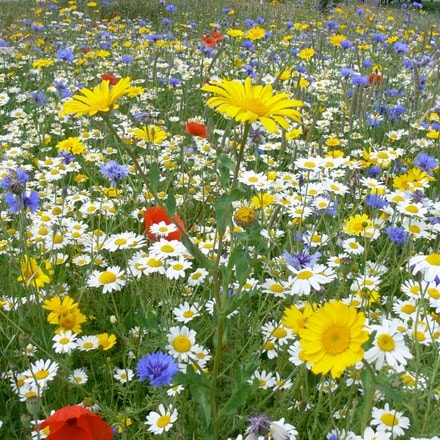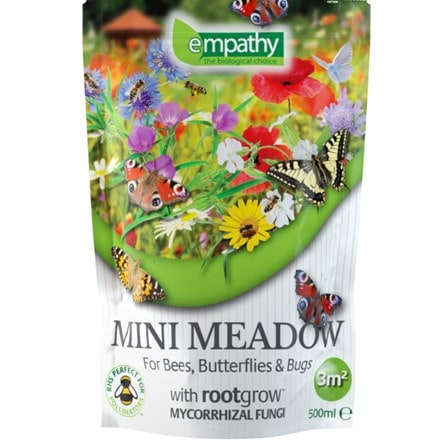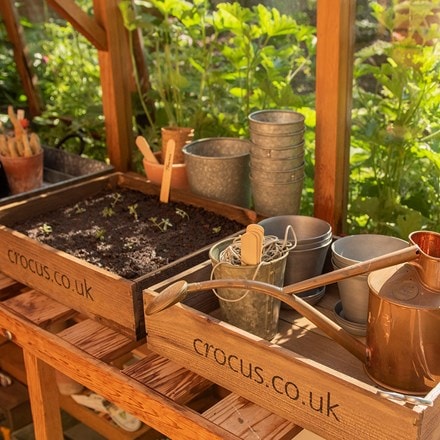Rhinanthus minor
yellow rattle
- approx 50 seeds
- £2.97 £3.49
- In stock (shipped within 2-3 working days)
- 3 packets of approx 50 seeds
- £6.38 £7.50 £2.13 each
- In stock (shipped within 2-3 working days)
Delivery options
- Seed Packets (only) £2.99
- Position: full sun
- Soil: moist but well-drained soil soil
- Rate of growth: average
- Flowering period: May to July
- Hardiness: fully hardy (annual)
Rhinanthus minor is an extremely beneficial annual for the wildflower meadow. It is semi-parasitic and takes its water and nutrients from neighbouring plants - particularly grasses, and is useful in maintaining just the right balance between wildflowers and overly vigorous grasses, which might otherwise take over completely.
Yellow rattle is an attractive annual, with vibrant yellow flowers that provide summer colour and papery seedpods that rattle when the seed is ripe.
Each packet contains around 50 seeds, enough to introduce yellow rattle across a few small patches or to help it establish more widely when dotted through a larger area.
Yellow rattle is an attractive annual, with vibrant yellow flowers that provide summer colour and papery seedpods that rattle when the seed is ripe.
Each packet contains around 50 seeds, enough to introduce yellow rattle across a few small patches or to help it establish more widely when dotted through a larger area.
Give yellow rattle the best start by keeping surrounding grass short so the young seedlings get plenty of light. When the seed has clear access to the sun, it establishes well and grows away quickly, making it far easier to succeed.
Once seedlings appear, continue to keep the grass short until plants are established. Yellow rattle flowers in summer and helps to suppress grass growth, creating space for wildflowers to thrive. Allow plants to flower and set seed if you want them to return the following year, as they self-seed freely once settled.
Avoid cutting too early, as removing flowerheads before seed is shed will prevent next season's germination. After seed dispersal, mow the area and remove the cuttings to keep fertility low to maintain a balanced, wildflower meadow mix.
Once seedlings appear, continue to keep the grass short until plants are established. Yellow rattle flowers in summer and helps to suppress grass growth, creating space for wildflowers to thrive. Allow plants to flower and set seed if you want them to return the following year, as they self-seed freely once settled.
Avoid cutting too early, as removing flowerheads before seed is shed will prevent next season's germination. After seed dispersal, mow the area and remove the cuttings to keep fertility low to maintain a balanced, wildflower meadow mix.
In autumn, choose a sunny position within an area of established grass or lawn that you’d like to convert into a wildflower meadow. Cut the grass short to around 5cm (2in) and scarify the surface with a wire rake to expose patches of bare soil.
Scatter the seed onto the soil surface, ensuring good seed-to-soil contact but don’t cover it. Keep the grass short over winter and the seed will germinate naturally in spring.
Alternatively, if sowing in spring (February–April), pre-chill the seeds by mixing them with damp sand or compost and refrigerating for 4-6 weeks before sowing to mimic natural winter conditions.
Scatter the seed onto the soil surface, ensuring good seed-to-soil contact but don’t cover it. Keep the grass short over winter and the seed will germinate naturally in spring.
Alternatively, if sowing in spring (February–April), pre-chill the seeds by mixing them with damp sand or compost and refrigerating for 4-6 weeks before sowing to mimic natural winter conditions.
Goes well with
Empathy mini wildflower meadow with rootgrow
0.5 litres | covers 3m²
£5.94
In stock (shipped within 2-3 working days)
